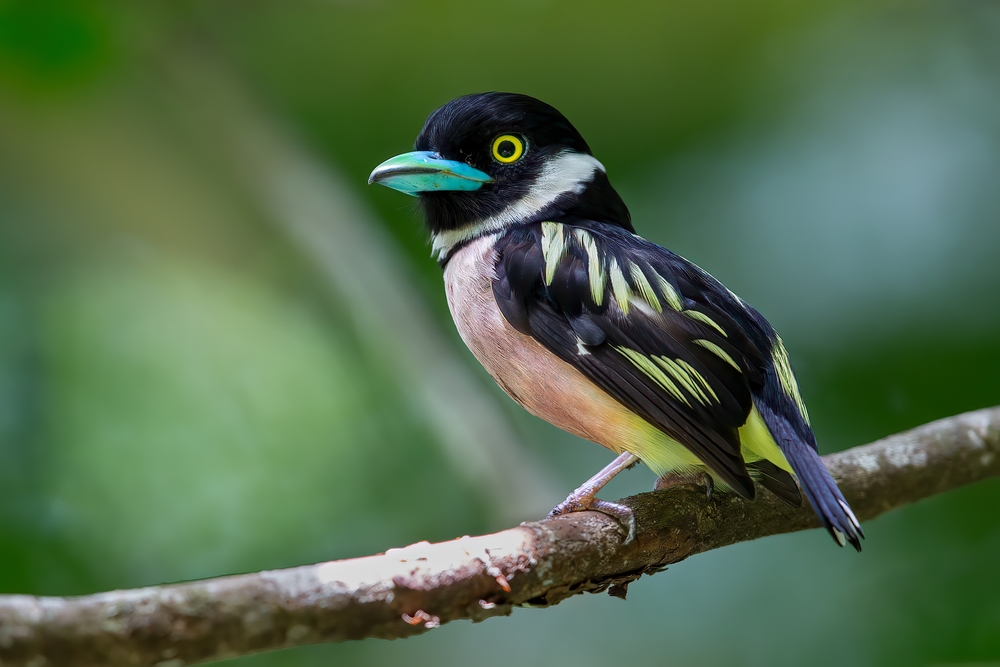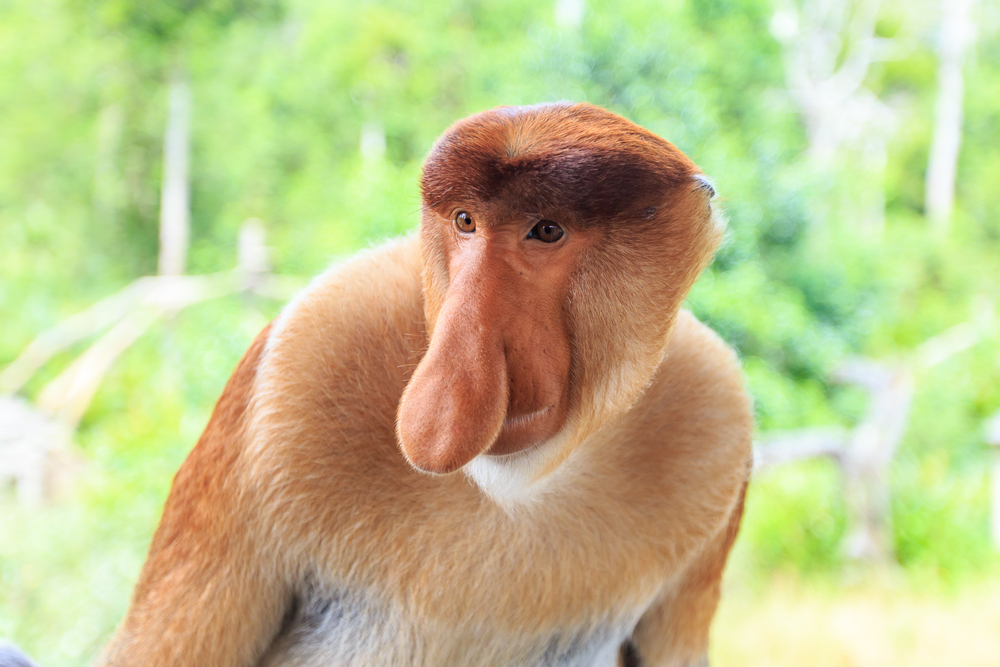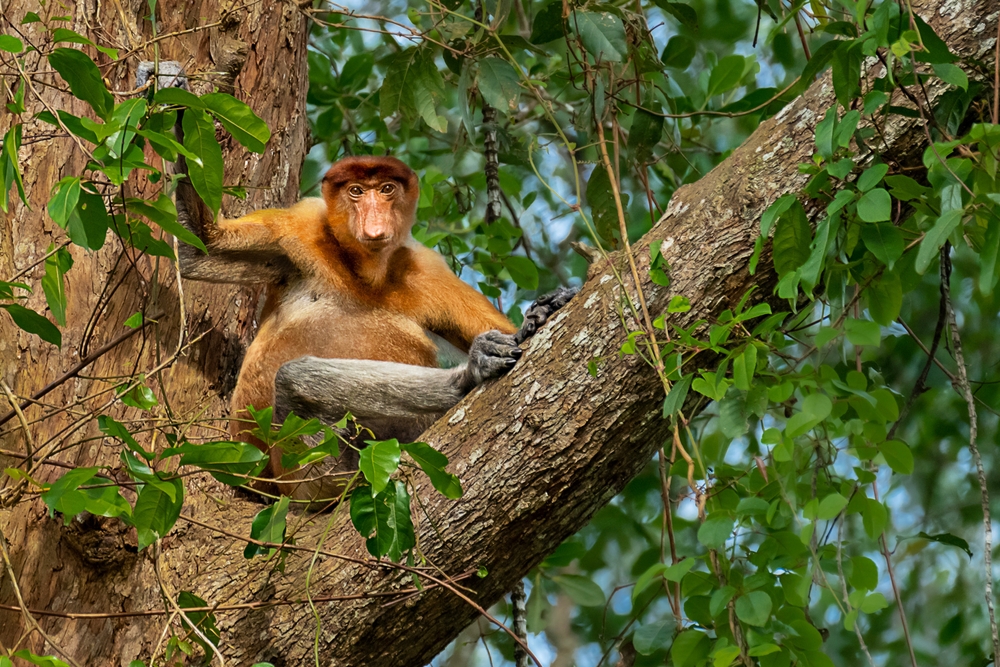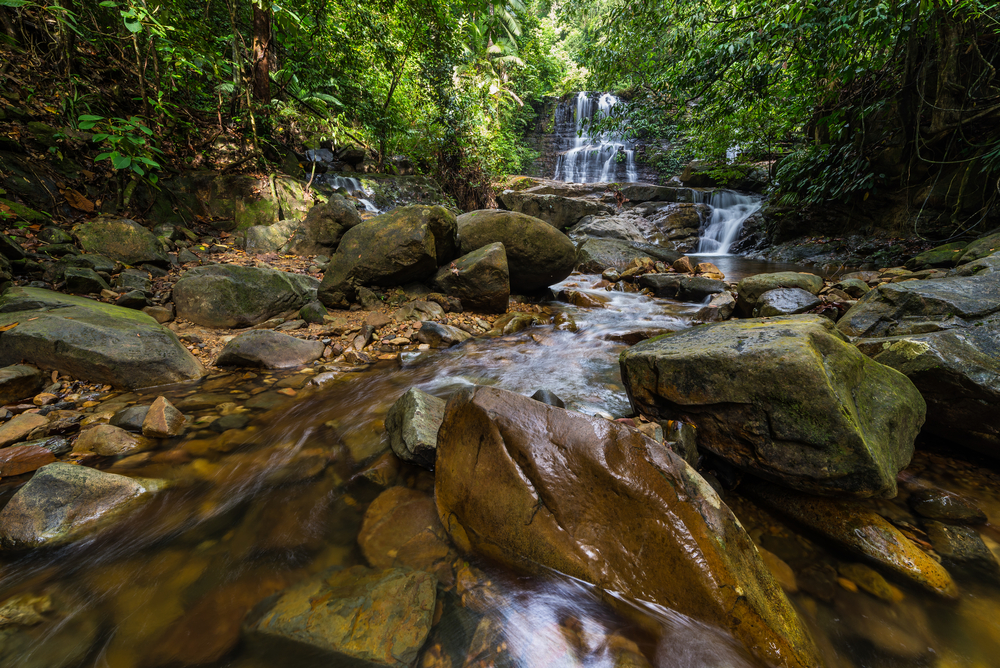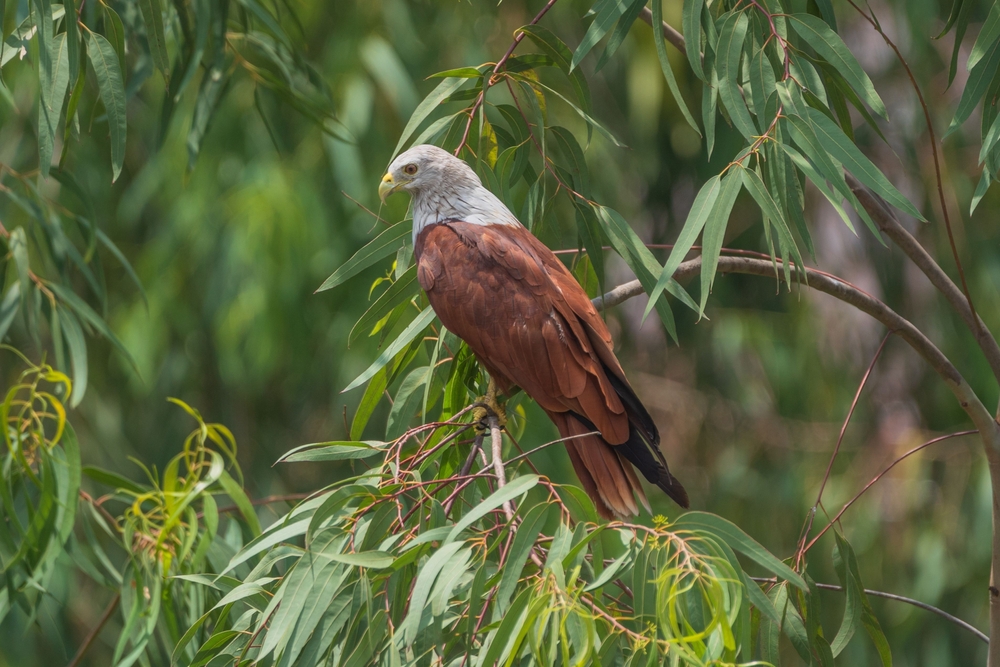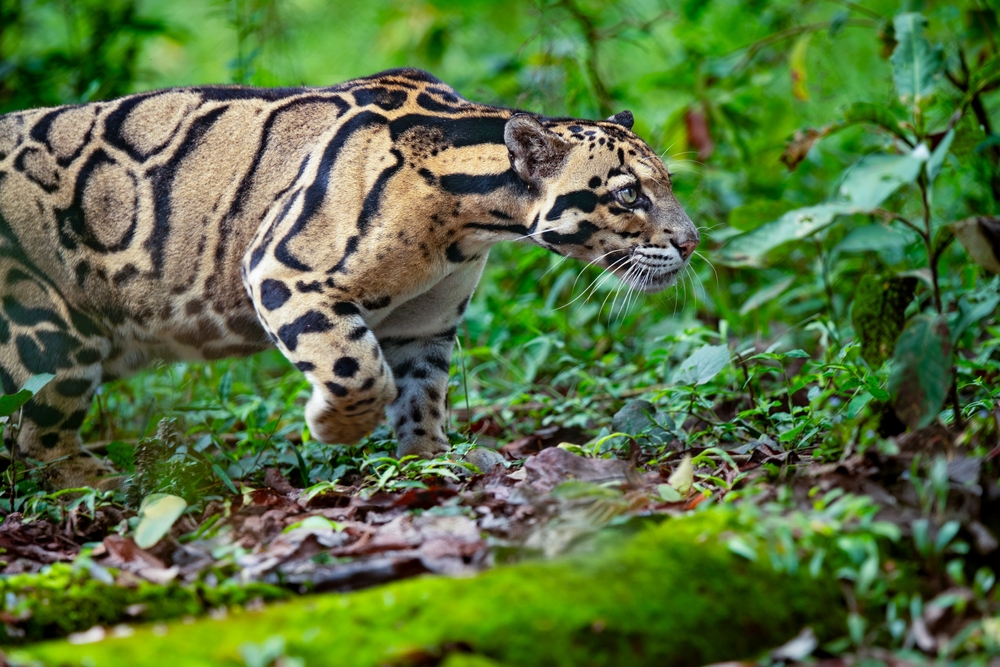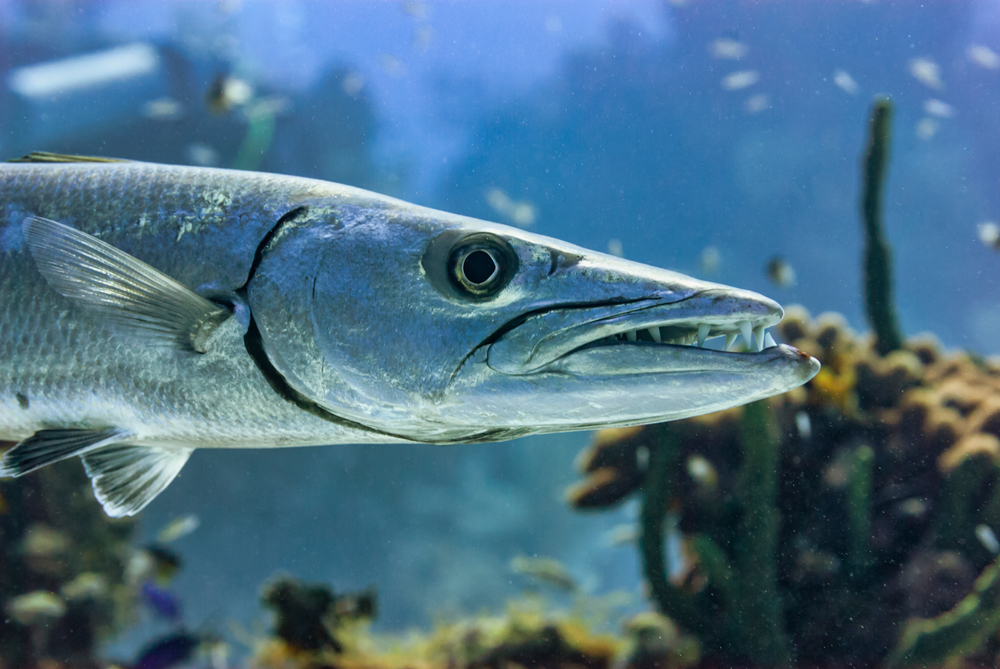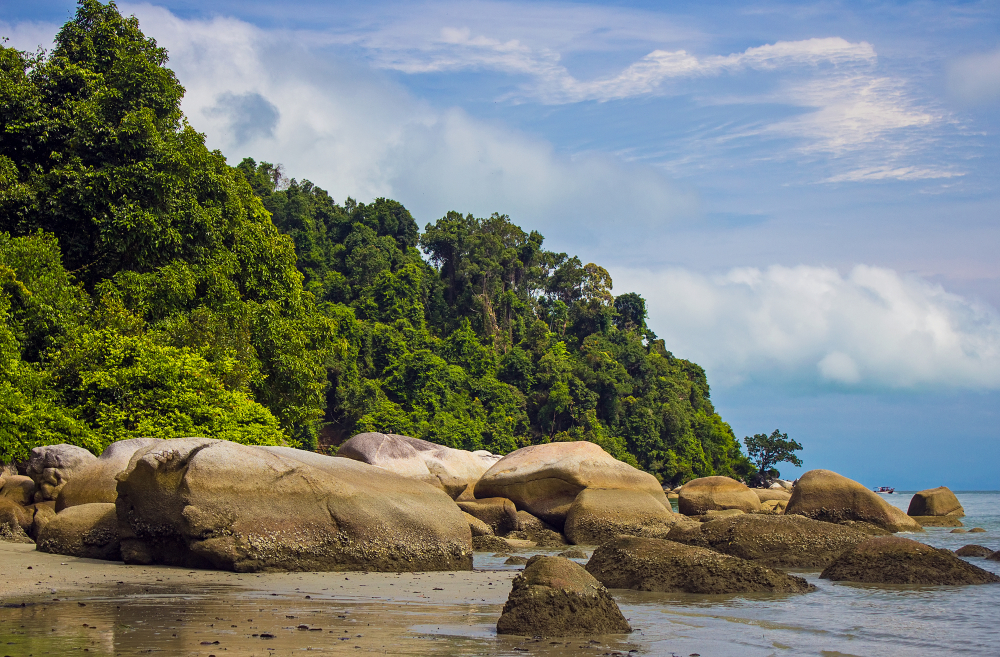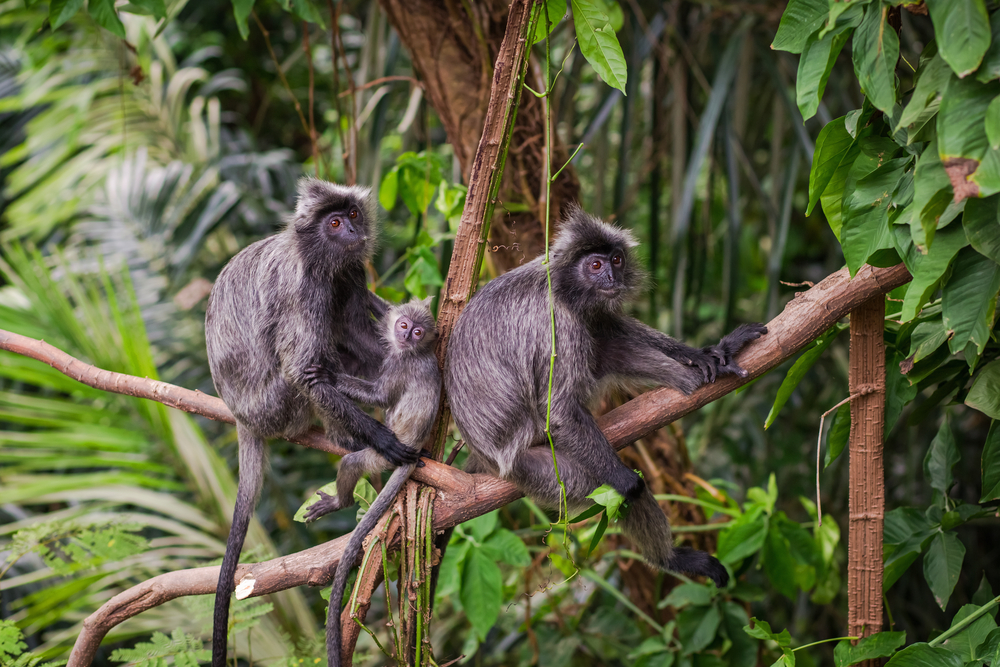Usun Apau Overview
Usun Apau National Park, located in the state of Sarawak on the island of Borneo, Malaysia, is a lesser-known but remarkable natural treasure. Known locally as “Taman Negara Usun Apau,” the park spans approximately 192 square miles (497 square kilometers) of pristine wilderness in the Upper Baram region.
Situated on the Usun Apau Plateau at an elevation of around 4,300 feet (1,310 meters), the park is an ecologically significant area characterized by rugged landscapes and rich biodiversity. The terrain of Usun Apau National Park is dominated by the volcanic plateau, which features dramatic cliffs, rolling hills, and valleys interspersed with dense tropical rainforests.
This unique geological formation was created by ancient volcanic activity, leaving behind fertile soils that sustain the lush vegetation. Rivers and streams crisscross the park, carving out picturesque waterfalls such as the famed Julan Waterfall, one of the tallest waterfalls in Malaysia. The forest is a mixture of dipterocarp trees, montane species, and endemic flora, offering a vibrant tapestry of greenery that attracts botanists and nature enthusiasts.
Usun Apau is home to an extraordinary variety of wildlife, making it a haven for biodiversity. Key mammals found in the park include the elusive clouded leopard, Bornean gibbons, bearded pigs, and the critically endangered Bornean orangutan.
Smaller mammals such as civets and tree shrews also inhabit the area. Birdlife in the park is equally impressive, with species such as the rhinoceros hornbill, black-and-yellow broadbill, and crested serpent eagle gracing the skies. Birdwatchers flock to the area to spot these avian treasures, often considered icons of Borneo’s wild beauty.
Visitors to the park can engage with its natural wonders through guided trekking, wildlife observation, and camping expeditions. The trails lead adventurers through breathtaking landscapes, including moss-covered forests and viewpoints overlooking the surrounding valleys.
Photographers are particularly drawn to the cascading waterfalls and the park’s raw, untouched charm. While infrastructure is minimal, this enhances the sense of adventure and immersion in nature.
The conservation of Usun Apau National Park presents challenges, including illegal logging and poaching, as well as pressures from land-use changes in surrounding areas. However, conservation efforts by the Sarawak Forestry Corporation and other stakeholders have achieved notable successes, such as improved patrols and community engagement initiatives to protect the park’s unique ecosystems. These efforts aim to preserve the park’s delicate balance and safeguard it as a refuge for wildlife and a source of ecological research.








































































